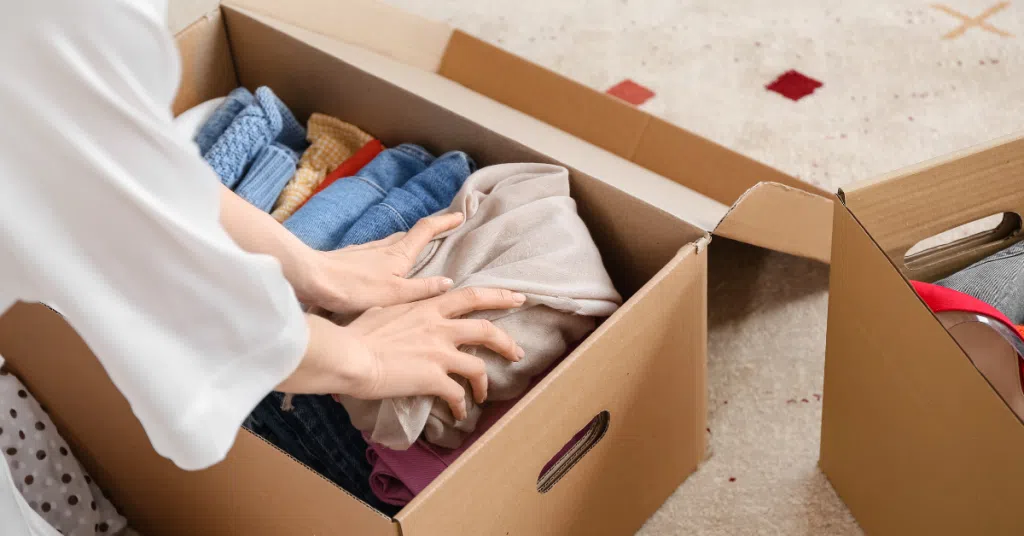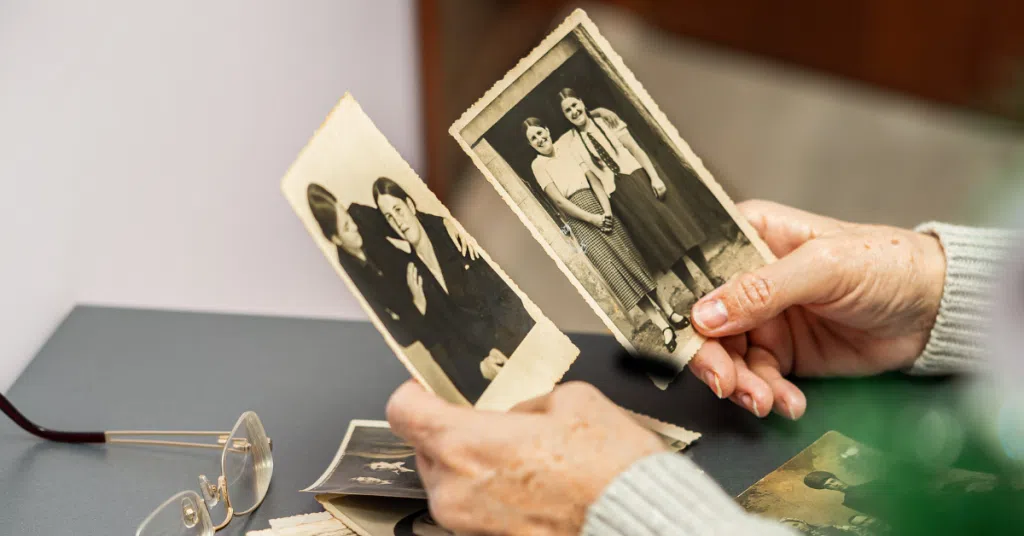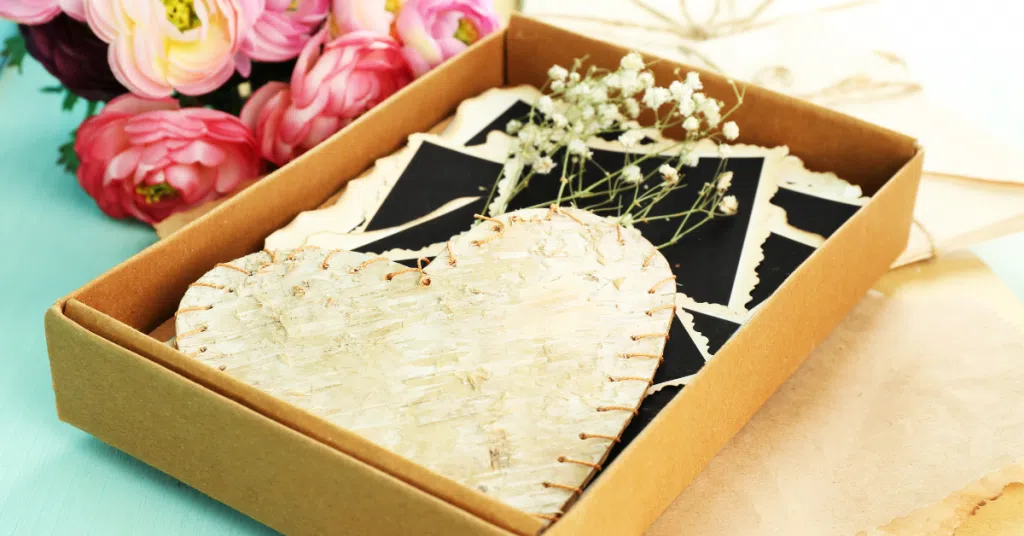For many of us, our homes hold more than just furniture and decorations—they hold decades of memories. Every box in the attic, every shelf in the basement, and every drawer in the kitchen seems to contain a story. But as time goes on, we find ourselves needing to make space, whether it’s to simplify our lives, move to a smaller home, or just reduce clutter.
The thought of parting with sentimental items can feel overwhelming, but downsizing doesn’t have to mean losing those precious memories. With a little strategy (and a lot of heart), you can preserve what truly matters while still creating a more organized, stress-free home. Here’s how:
1. Start Small and Take Your Time

Decluttering is a process, not a race. Instead of trying to tackle your entire house in one weekend, start with one small area—maybe a single closet or a few drawers. Give yourself time to sort through everything so you don’t feel rushed into making decisions you’ll regret later.
Tip:
Set a timer for 20-30 minutes a day and work on one space at a time. This keeps the task from feeling too overwhelming.
2. Keep the Best, Not the Most
When it comes to sentimental items, focus on keeping the most meaningful ones rather than every single thing. Instead of holding onto an entire set of dishes from your grandmother, maybe keep just one teacup and saucer to display. If you have a box of old t-shirts from events over the years, pick the most memorable ones instead of keeping them all.
Ask Yourself:
- Does this item bring me joy or serve a purpose?
- Would a photo of this item be enough to preserve the memory?
- If I keep this, will it add to my life or just take up space?
3. Take Photos to Preserve Memories

Sometimes, the best way to hold onto something is with a picture. If you have a collection of keepsakes (like old birthday cards, kids’ artwork, or trophies), take a photo of them before letting them go. You can even write a little note about the memory and keep it in a special album.
How to Do It:
- Use a digital camera or your phone to take clear pictures in good lighting.
- Print out your favorite photos and keep them in a scrapbook.
- If you prefer digital, store them on a flash drive or have a family member help upload them to a computer.
4. Turn Sentimental Items into Something New
If you’re struggling to let go of certain items, consider transforming them into something useful.
Ideas:
- T-shirt quilt – If you have too many old t-shirts with memories, have them sewn into a quilt.
- Memory shadow box – Gather small keepsakes like ticket stubs, photos, and medals and display them in a shadow box.
- Recipe book – Instead of keeping a drawer full of loose recipe cards, scan or type them into a binder or have a family member help you make a small book.
5. Pass Items on to Loved Ones
If something has been in your family for generations, consider giving it to someone who will cherish it. A special piece of jewelry, a set of dishes, or a family heirloom might mean a lot to your children or grandchildren.
How to Make It Special:
- Write a note explaining the history of the item and why it’s meaningful.
- Give it on a special occasion, like a birthday or holiday, to make it feel more significant.
- If no one in the family wants an item, consider donating it to a local museum or historical society.
6. Create a Memory Box

For those items that you just can’t part with but don’t need out in the open, a memory box is a great solution. Pick a sturdy, well-organized box where you can store sentimental keepsakes, letters, and small treasures.
How to Do It:
- Get a decorative box or a plastic bin with a lid.
- Only keep the most meaningful items.
- Label everything so future generations will know the story behind each piece.
7. Get Help from Family or Friends
Decluttering is easier when you have support. Ask a family member or a trusted friend to help you go through your items. They can offer a second opinion, take items they might want, or even help organize things in a way that feels right.
Bonus Tip:
If parting with an item is too difficult, put it in a “maybe box.” Seal it up and set a reminder to check it in six months. If you haven’t missed it by then, it may be time to let it go.
Decluttering doesn’t mean saying goodbye to the past—it means making room for the present and the future. By keeping the most meaningful items, preserving memories through photos, and passing on treasures to loved ones, you can simplify your space without losing what matters most.
And remember: your memories aren’t in the things themselves—they’re in the stories, the people, and the moments you carry with you.







